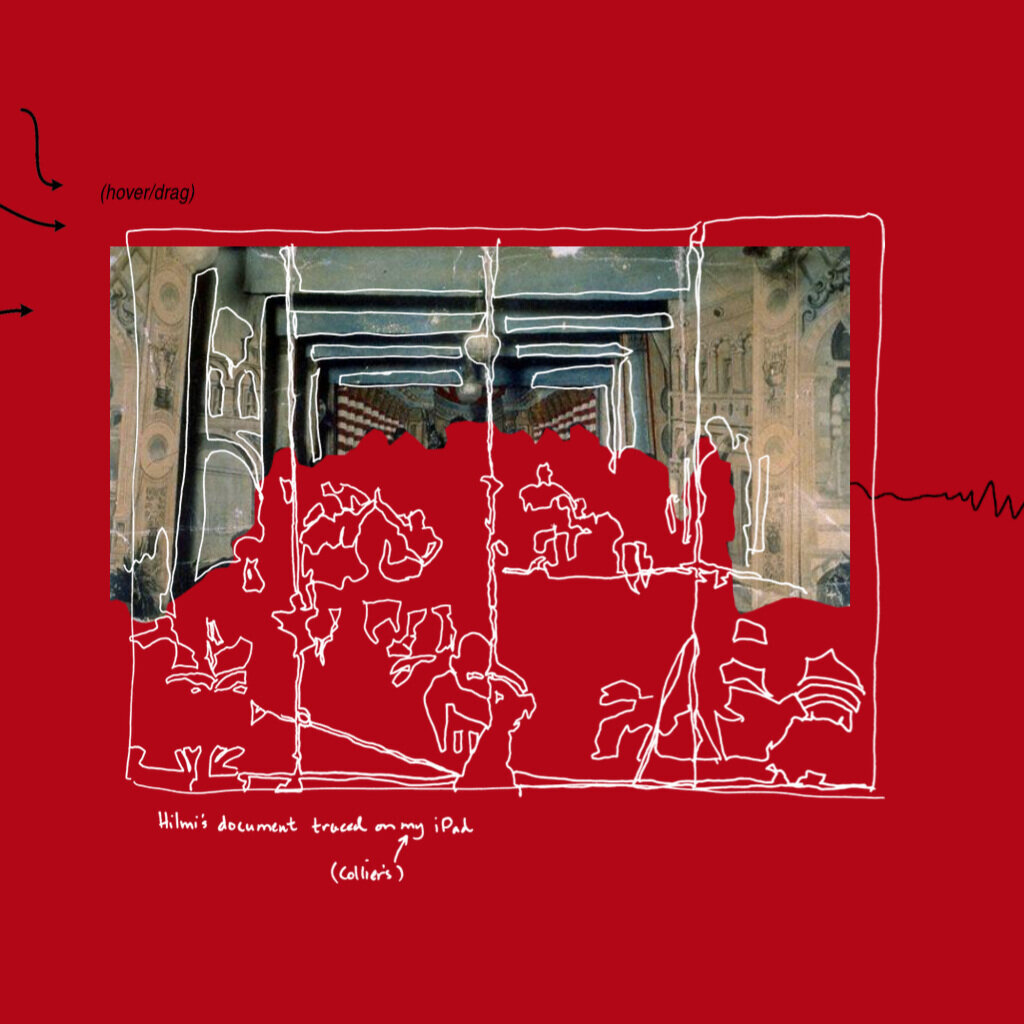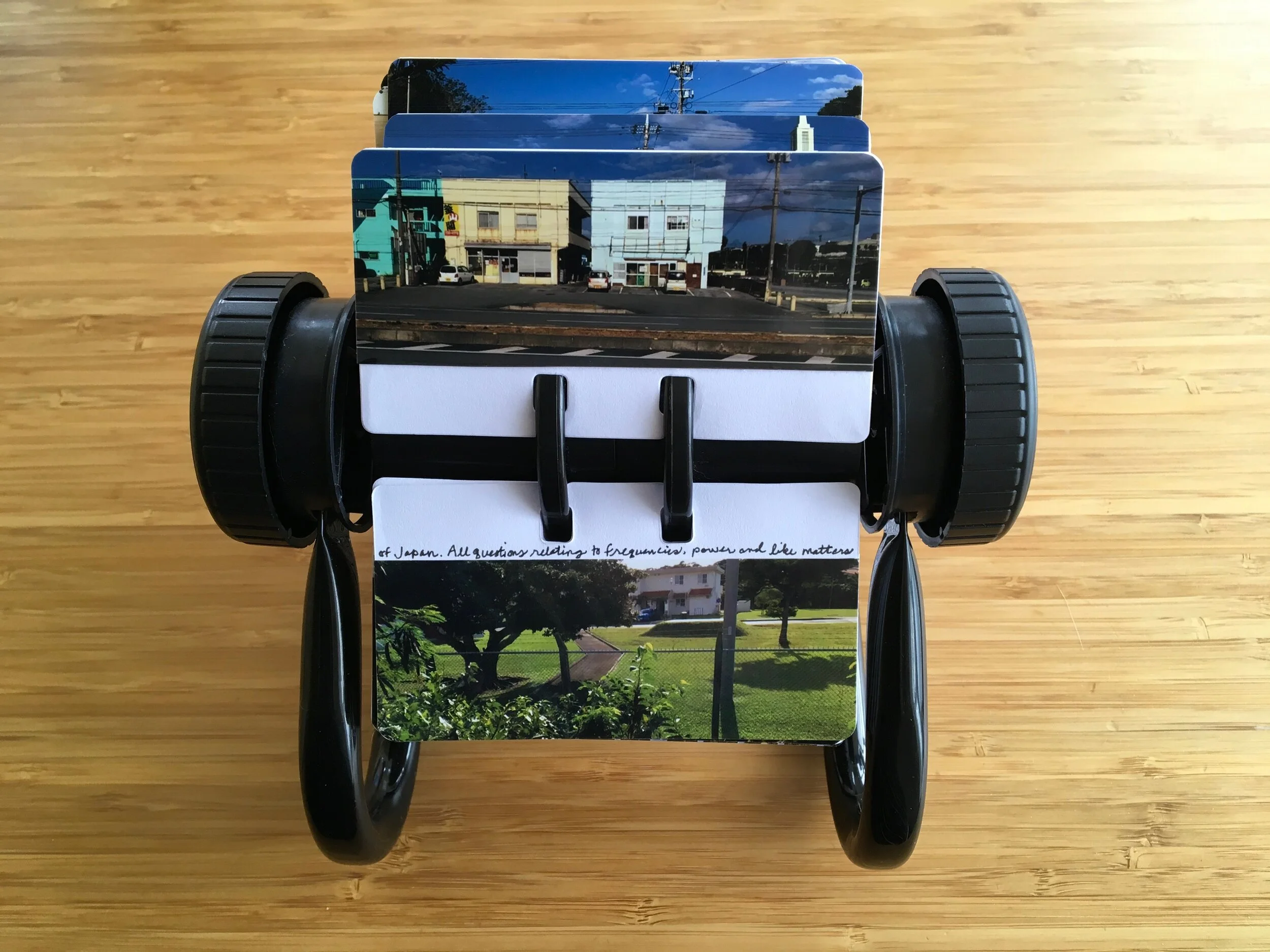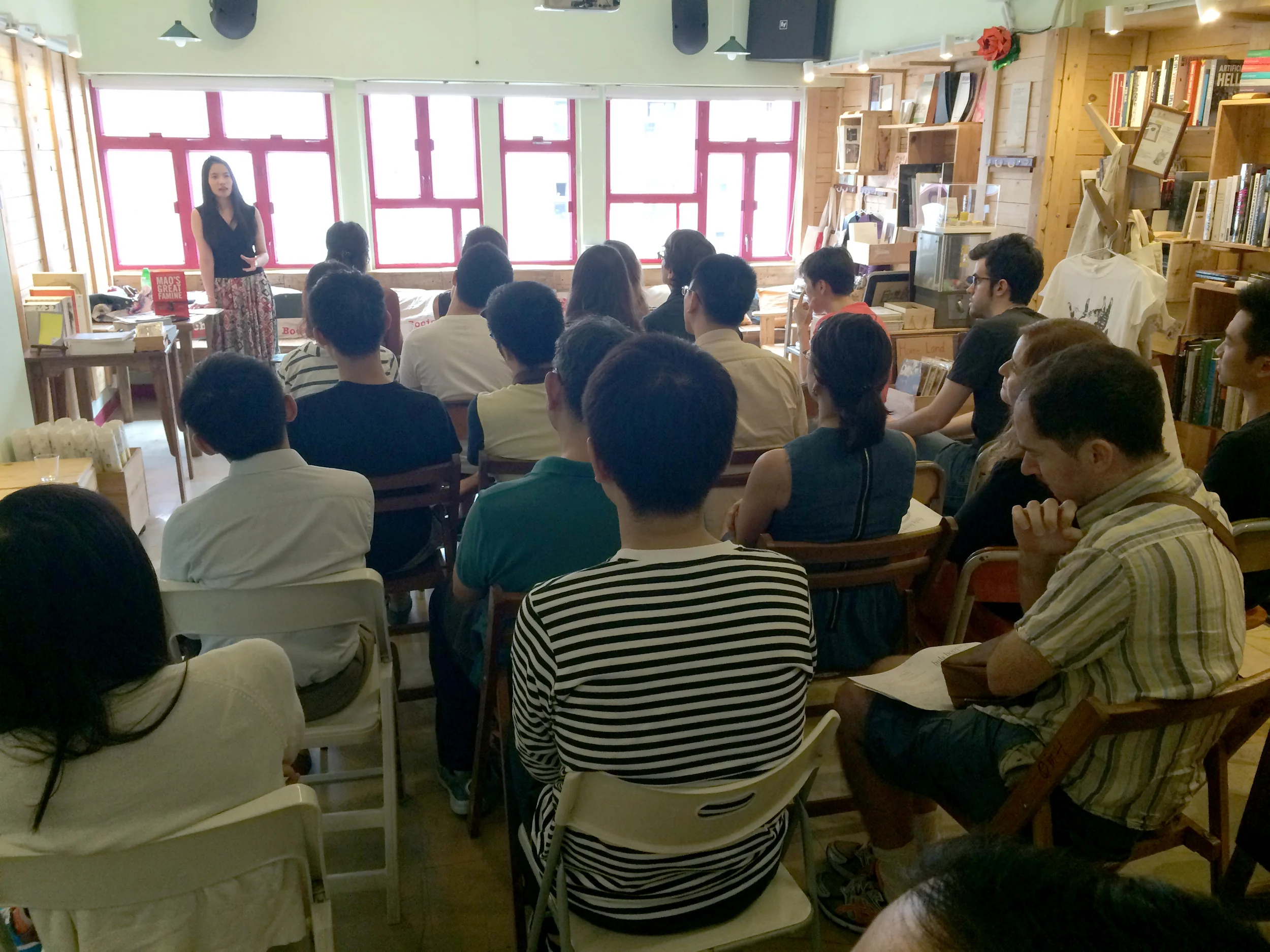Recently I’ve been writing interactive poems using Twine, the nonlinear storytelling app, and A-frame, an immersive VR web framework, as compositional tools. One Twine poem, “History Is Knowing,” and two immersive poems, “Fleet Arcade” and “Whitehead,” appear in Tupelo Quarterly’s December 2022 issue. Others are forthcoming in Rabbit: A Journal for Nonfiction Poetry.
TWINE
“History is Knowing” builds on a quote by my DOKYU collaborator, the poet and essayist Lawrence Lacambra Ypil. Depending on which highlighted words you select, in which order, the poem’s sections unfold differently.
A-FRAME
“Fleet Arcade” and “Whitehead” are part of a series of immersive poems I’m developing as part of a Hong Kong Research Grants Council Early Career Scheme grant called “(Hemi)spherical Poetry: Connecting Transpacific Histories through Creative Research.” Poems from the project are set inside panoramic photographs of sites in Okinawa, Hong Kong, Singapore, South Korea, Guåhan, and the United States. To navigate inside a poem’s 360˚ environment on a PC, use your keyboard arrows and trackpad or mouse. If you’re on a mobile device, enable your motion sensors and see what happens when you move your device around. If you have a VR headset, you can view the poems in full VR.
“Fleet Arcade” is set inside the now-landlocked Fleet Arcade building on Hong Kong’s Victoria Harbor waterfront, and explores the complicated ways colonial legacies are memorialized in Hong Kong’s postcolonial era.
“Whitehead” is composed inside multiple date-stamped Google Street View photos of the former site of Hong Kong’s Whitehead Detention Centre, which housed 28,000 Vietnamese asylum seekers in the 1990s. The poem traces the site’s former use through its multiple stages of redevelopment since.
















